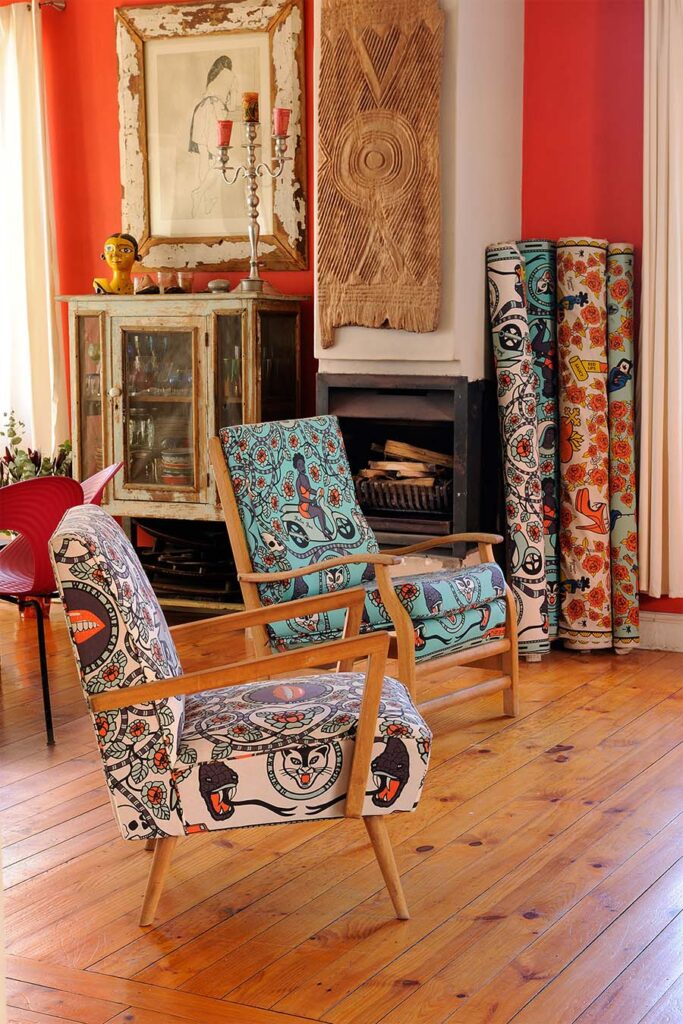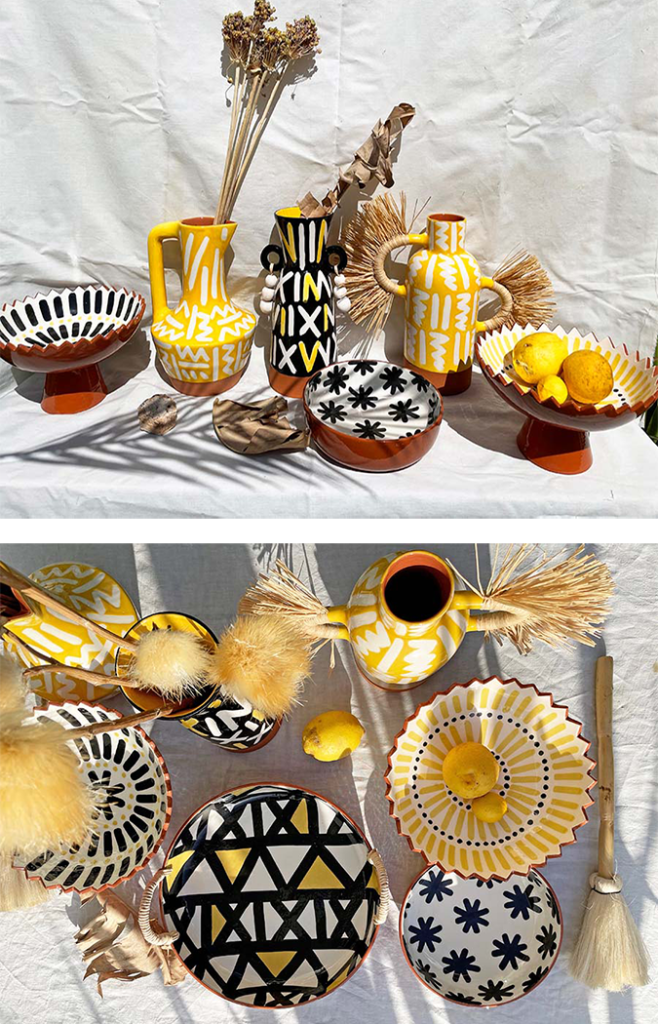Design, whether you are looking at interiors, fashion, furniture or food, is all about authenticity at the moment. People want to strip back the layers and understand the story behind a product, along with the person and place who designed or made it. The consumer wants to understand the process involved in creating something, as well as the inspiration behind it. As a result of this, along with the range of current political discourse, it is an exciting time for creatives and designers who are bringing their African influence and inspiration directly into the design spotlight.
To set the tone of this journey through African design, let’s start with a little background music from Mama Africa herself – I first saw Miriam Makeba sing on stage in Istanbul when she was still living in exile and her songs always bring a smile of bitter sweet nostalgia to me. Pata Pata is the name of a dance, and “everyone starts to move as soon as Pata Pata starts to play”…
Despite the huge geographical area, along with so many cultural differences, Africa as a whole does have a rich and diverse history of highly tactile and visual artisanal design, and as we celebrate our diversity across the globe, we are also starting to see a celebration of this diversity in design.
My roots are deeply South African, and despite the fact that I have been based in the UK for twenty years, this still impacts my design aesthetic on every level. These roots guide my choice of colours, my love of pattern, not to mention a permanent hankering for heat and sunshine.
So I thought I would use this space to discover, highlight and share the work of designers who are able to transport us to another continent through their fusion of experiences and cultural expressions of design.
BUT!
Let me get that off my chest! While I understand that there are continental cultural and iconographic strands that run from north to south and east to west, to lump the whole of Africa, whether it be design, flavours, textiles, music under the generic continental banner is something I find misleading, and just a tad annoying. Appreciating that there is a sense of “Africa Rising” in the design aesthetic here in the UK at the moment, I thought I would explore this genre, but try and look a little more closely at the origin of inspiration. It has been a joy to discover and share artists and designers who are influenced by, but importantly, who are also reinterpreting and amplifying these design roots.







